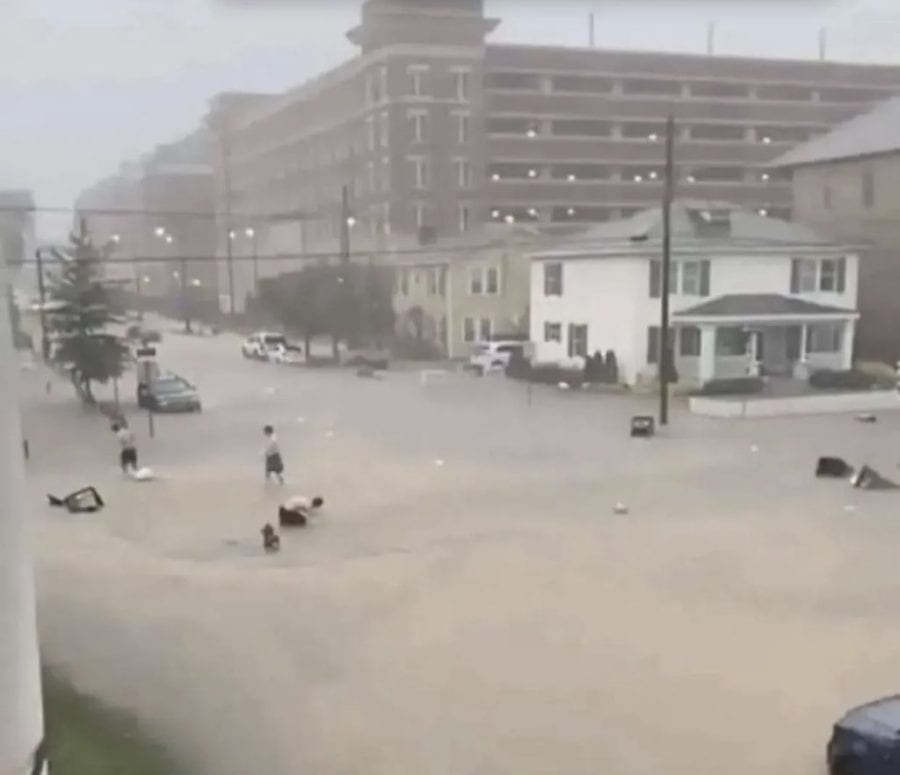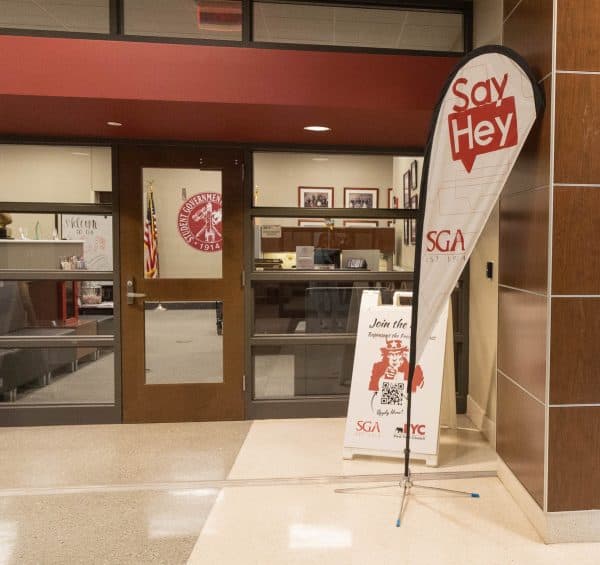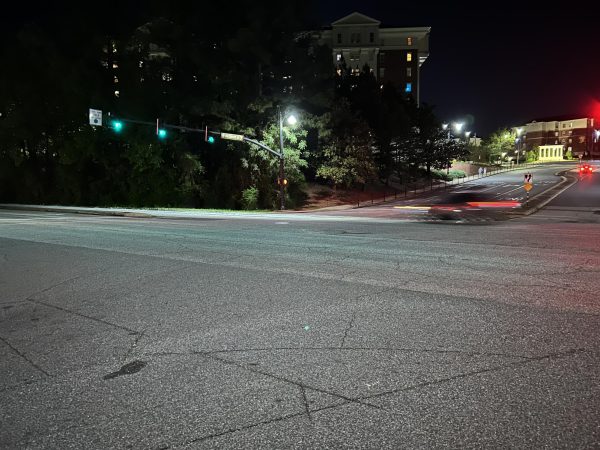City of Tuscaloosa and UA partner to address flooding
October 15, 2021
The University of Alabama and the City of Tuscaloosa are partnering to address flooding and drainage issues along McFarland Boulevard.
The Tuscaloosa City Council unanimously approved a joint funding agreement with the University to study the causes of flooding on Tuesday.
Flooding frequently occurs during major rain events between 13th Street and University Boulevard. These events have created the potential for safety hazards due to an excess flow of water into a single box culvert near Cribbs Mill Creek Tributary 1, as well as eroded open ditches along the Norfolk Southern and Kansas City Southern railroads.
“This drainage study will develop solutions to stabilize the railroad slopes and upsize infrastructure to handle the flows during heavy rainfall events,” said Jarrod Milligan, executive director of the city’s Department of Infrastructure and Public Services.
The study will allow the University to estimate a budget and request federal funding. The University is currently planning to apply for a grant under the Consolidated Rail Infrastructure and Safety Improvements Program, which will provide $361 million to fund projects related to rail safety. The city and University also look to partner with the Alabama Department of Transportation in their plans to obtain federal grants.
The effort to fix flooding on McFarland Boulevard is one step in a larger initiative to improve the city’s infrastructure.
Tim Leopard, senior associate vice president for campus development, said the increased attention to flooding on McFarland Boulevard and city infrastructure is a response to the influx of major rain events.
In July, an intense rain event caused heavy flooding near McFarland Boulevard and Coleman Coliseum. These events are on track to happen more frequently due to climate change.
As of October 2021, the total rain accumulation for this year has surpassed last year’s total. Data from the National Weather Service reports that Tuscaloosa’s 2020 rain accumulation level was 56.68 inches, while the current 2021 level is 57.68 inches.
Most rainfall since 1996 has occurred from single-day rain events. Overall rainfall levels have increased yearly, leading to flooding issues throughout Tuscaloosa and on the University’s campus.
To mitigate flooding near Tutwiler Hall, construction of a $7 million stormwater basin below the Tutwiler Triangle Lot was completed last year. In 2018, the City of Tuscaloosa received a $99,450 Federal Emergency Management Agency grant for improvement of the Upper Cribbs Mills Creek Tributary 5.
Now, the city is trying to strengthen its resilience in addressing this flooding.
“We have over 15 active projects in progress whose purpose is to help with drainage,” Milligan said. “We are constantly evaluating all parts of the city so that we can provide all the information the City Council needs when they vote on which drainage projects to fund.”
The University temporarily closed multiple classrooms after flooding in September.
Leopard said that while it is expensive to prepare for major flooding events, “we have to think: what’s most important to the students?”











